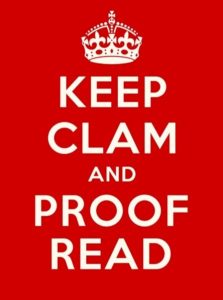I’m so proud to introduce Wild Moon Consulting! I’ve renewed my focus on and enthusiasm for working with organizations that do organizing and advocacy, that are in the trenches every day making this a better world while keeping their eye on the big picture of systemic oppression, and that struggle with minimal resources and need just a bit of help to be successful.
I’ve been working for many years under the name Crazy Horse Consulting; however, I recently realized (late, yes, I know) that using the name of the Lakota chief for a white woman’s business smacked of cultural appropriation. As a Lakota friend noted, Chief Crazy Horse wanted nothing to do with non-natives because he was so traditional. It was clearly time to find a new name.
If you want to read more about cultural appropriation and why it’s a problem, especially when us whites do it, you can read a great article here from the Everyday Feminism site: http://everydayfeminism.com/2015/06/cultural-appropriation-wrong/.
Here’s another article from Indian Country Media Network on cultural appropriation by new-agers: https://indiancountrymedianetwork.com/history/sacred-places/spiritual-vultures-films-explore-cultural-appropriation-by-new-agers/
Finally, an article on the harm caused when non-natives appropriate the term “two spirit” from Black Girl Dangerous: http://www.bgdblog.org/2016/07/appropriating-two-spirit/
If you have other links to articles/blogs about cultural appropriation, please feel free to leave them in a comment.
![]()
The name Wild Moon Consulting came from a dear friend I know from old ACORN days. She’s still out in the streets, working on gentrification and fighting for justice. You can check out her organization A Community Voice at their website http://www.acommunityvoice.org/.



